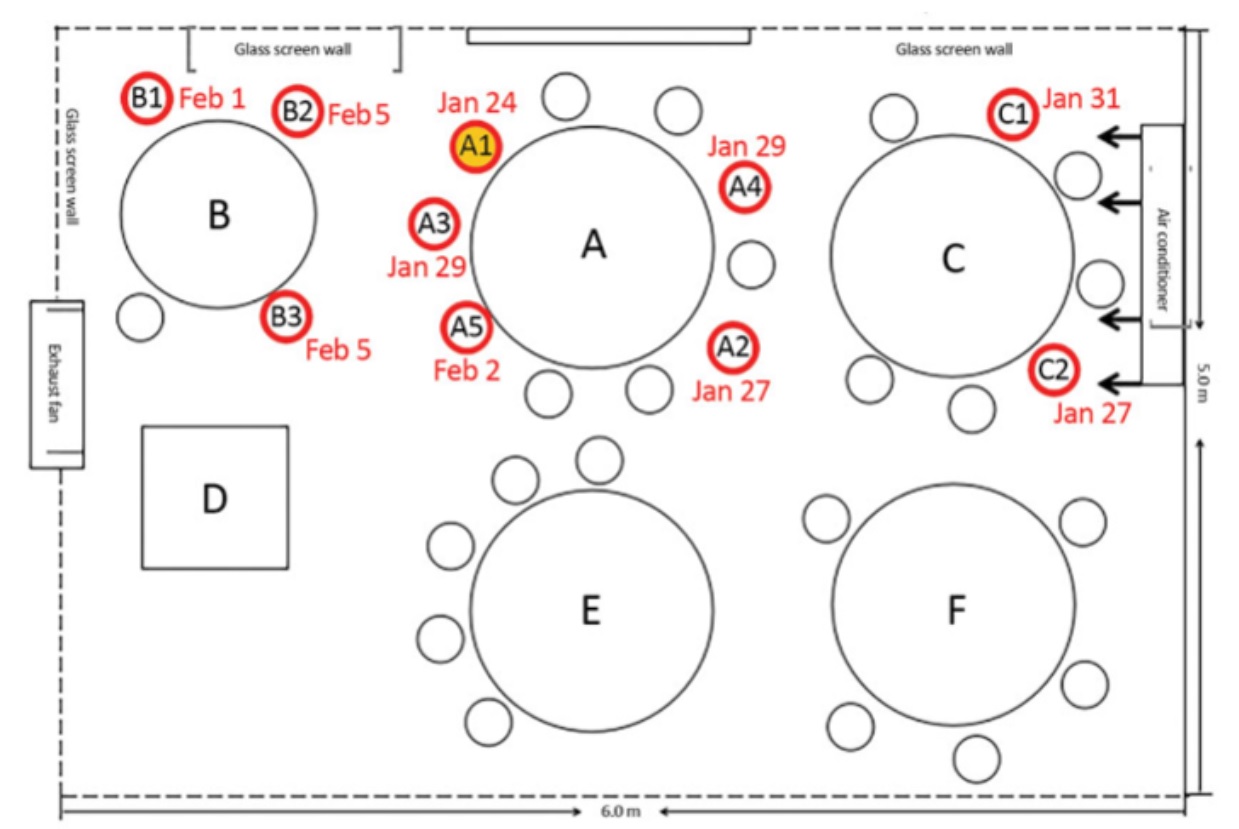
Nationally, scientists are weighing in on what is and isn't advisable for people to do in areas that are beginning to loosen their Covid-19 lockdowns.
Lancaster County may be one such place soon, if local officials follow through on their declared intention to move toward reopening with or without state approval.
"Reopening does not mean we all get to be close together again," Elizabeth Carlton, a professor at the Colorado School of Public Health, tells The Atlantic in "A Guide to Staying Safe as States Reopen."
The article offers detailed guidance on social interaction, shopping, work and more. It strongly advises against breaking the six-foot social distancing rule with anyone outside one's immediate household. That's particularly important for older individuals, who are at higher risk.
It cautions people to limit themselves as much as possible to uncrowded settings with plenty of air circulation.
Along the same lines, a University of Massachusetts Dartmouth biology professor Erin Bromage writes that "[a]ny environment that is enclosed, with poor air circulation and high density of people, spells trouble."
In a blog post widely shared on social media, "The Risks – Know Them – Avoid Them," Bromage uses case studies to illustrate how risk varies depending on the intensity and duration of exposure.
Both matter, he says: If coronavirus is present at a supermarket, for example, an employee working a full shift would have a much higher risk than someone who spends 30 minutes shopping.
Bromage teaches a class on infectious disease and derives his information from primary sources, but cautiously notes in a disclaimer that he is not an expert "in coronaviruses, medicine or preparedness."





